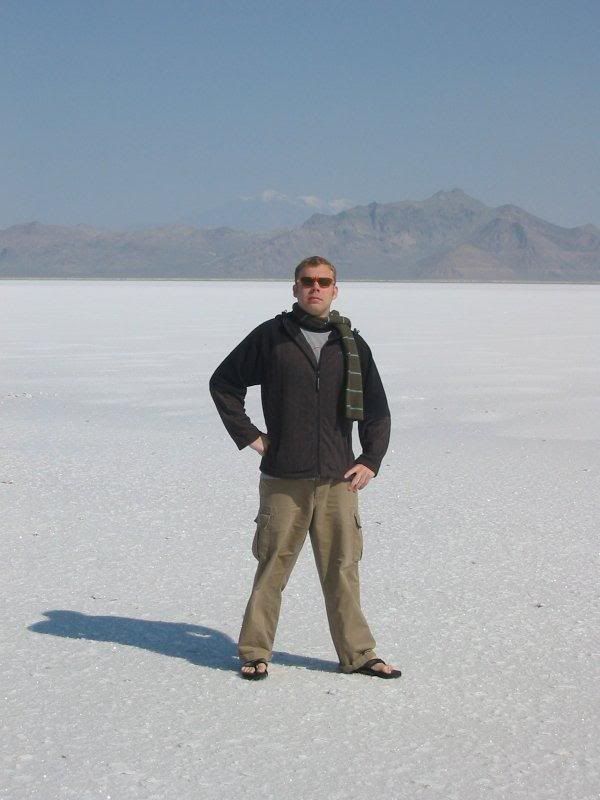Cuandixia “Cuan” Character Here you can see the character “cuan”, the first character in the village’s name, painted on a wall. This is a difficult character to write because of its large number of brush strokes. It means: a.) to cook using a wood fire; b.) a cooking stove made of stone. Cuan is also used as a surname by people from the village.

During the Ming and Qing dynasties, the "Western Road" from Beijing led through the mountain ranges and connected to far-off Shanxi (the name's literal meaning is "West of the Mountains") and all points in between. Along that road, spaced a day's hard ride apart, were villages serving the passing trade, where every room was for rent and breakfast and dinners comprised hearty travellers' fare.
These days the highways have forced that ancient way of life into a relative cul-de-sac. So what one finds, should one shun the car-choked freeways and follow the "old road" west, are travellers' rests with no travellers, allowing instant time-travel into China's many versions of the past.
The road to Cuandixia - once a one-day ride by horse from Tian'anmen Square - is now a three-hour drive through modern China. High-rise apartments give way to low-rise industrial suburbs as you escape the city, passing one of Beijing's many power stations on the way to a mountain road that winds underneath Brobdingnagian overhead heavy-rail interchanges and alongside fields continuously cultivated since the dawn of time.
Arriving at the village still gives some sense of the same kind of relief that might have flooded the ancient traveller, as a mountain spur is drawn back suddenly by a sweep of road and the village appears, wedged securely against one side of the valley, an island of civilisation in the cold high barrens. It appears so idyllic, that learning this was once also a provisioning town for the Forbidden City comes as no surprise. What emperor wouldn't want their goats supplied from a "goat heaven" such as this? The unique and complex character for the village's name 爨 Cuàn -- was emblazoned on the side of the carts that travelled directly from here to the imperial storerooms
Later, after one has enjoyed a splendid lunch with "mountain tea" -- the light-yet-filling goat-meat soup, and several uniquely spiced and utterly fresh cold dishes, (or, in summer, the same as an early dinner) -- and begins wandering the narrow, steep laneways that lace between the several dozen courtyard houses, the steep elevation of much of the built environment becomes less fortress-like. It allows the would-be time-traveller more of an opportunity to shut out the visual distractions of such anachronisms (in this place, anyway) as cars and power-lines. The time-travelling begins. First stop, the Cultural Revolution (1966-76).
Scrawled in red paint bleached by the sun, or insistent regular black atop a more ancient fresco, slogans entreat villagers to keep in mind the political realities of the era, and invoke the passions of a different time.














































